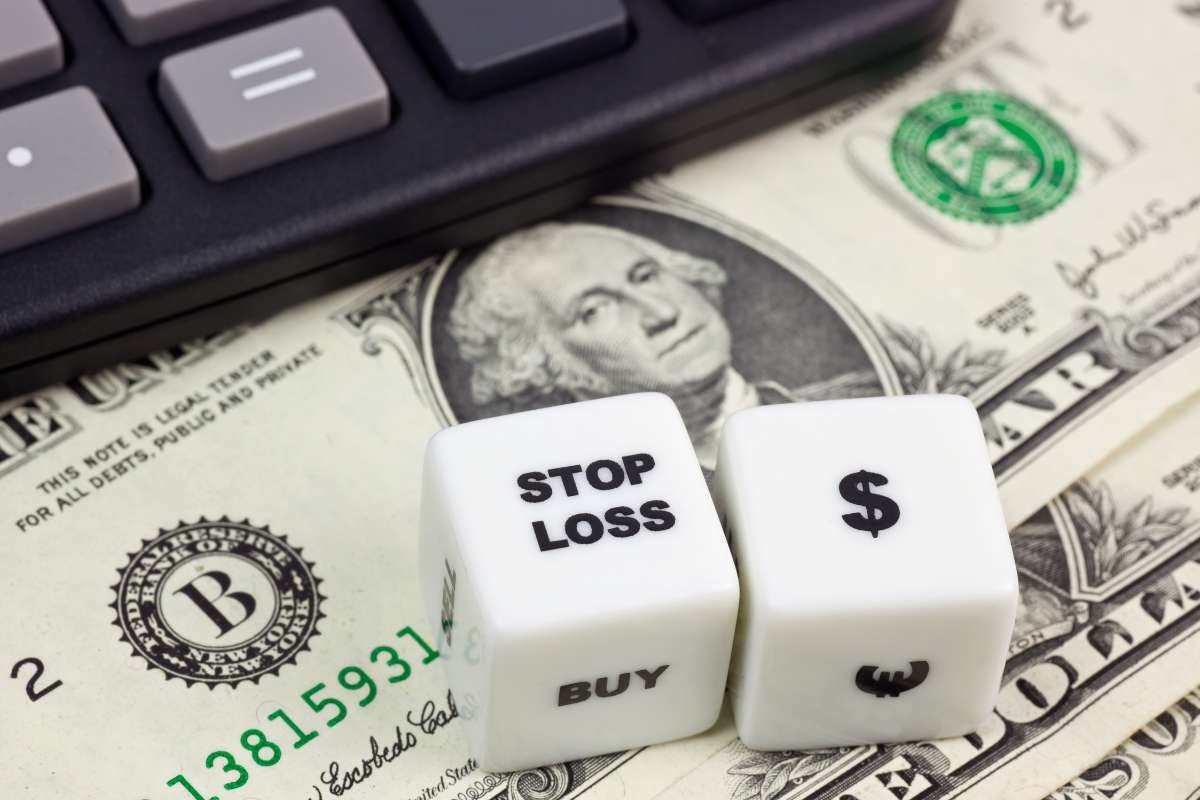The markets have always had ups and downs, but recent geopolitical unrest, rising tariffs, and unpredictable oil prices have made things even more turbulent. For many investors, volatility is a direct threat to financial security. Just look at the headlines. When Wall Street dips in response to international conflict or policy shifts, it often triggers a chain reaction of panic selling, emotional decision-making, and poor financial outcomes.
But here’s the good news: volatility doesn’t have to derail your long-term goals. With the right tools and strategies, you can protect your portfolio during market volatility and make smarter decisions no matter how the market moves.
Here’s How to Take Control:
1. Start by Diversifying Investments
Diversification is one of the oldest strategies in the investing playbook, and for good reason. Spreading your money across a variety of asset classes (stocks, bonds, commodities, real estate) helps cushion the blow when one sector drops. This isn’t just a theoretical benefit. Research consistently shows that diversifying investments can reduce portfolio volatility without sacrificing returns.
What does that mean in practice? If your portfolio is 80% tech stocks, you’re highly exposed when tech falters. Instead, consider balancing your holdings with stable sectors, international assets, or even alternative investments like gold or treasury bonds. The goal isn’t to eliminate risk completely. It’s to build resilience.
2. Use Stop Orders to Limit Losses

It’s hard to know when to sell during a downturn. Emotions often cloud judgment, causing investors to hold on too long or panic sell at the worst moment. That’s where stop orders come in. Stop-loss orders automatically sell your holdings when they fall to a specific price, helping you cap your losses and remove emotion from the decision.
There are variations, but the core idea remains the same: set a floor for how much you’re willing to lose on a position. This type of automation is especially useful during unpredictable swings, when watching the market hour-by-hour isn’t realistic.
3. Manage Risk with Smart Tools
Another overlooked area that can protect your portfolio during market volatility is position sizing. This is how much of a particular asset you buy in relation to your overall portfolio. Too often, new investors risk too much on a single trade. Using a tool like the MT5 position sizing calculator helps you define your risk per trade and make informed decisions based on your account size, not your gut feeling.
This tool is especially useful for traders who work with Contracts for Difference (CFDs), Forex, or other high-leverage assets. Instead of guessing how much to invest in a position, you get a real-time calculation that shows the proper trade size based on your stop loss and desired risk exposure. That kind of precision can make all the difference between a sustainable trading strategy and a busted account.
4. Think Long-Term, Act Strategically

The biggest mistake investors make during volatile periods is abandoning their long-term plan. Sudden sell-offs can tempt even experienced traders to hit the panic button. But sticking to your investment strategy pays off over time.
Keep your emotions in check. As the markets react to everything from tariffs to tech regulation, it’s easy to feel powerless. But discipline and the right strategies can help you stay the course.
To protect your portfolio during market volatility, understanding the tools at your disposal and using them wisely is essential in an unpredictable market.









